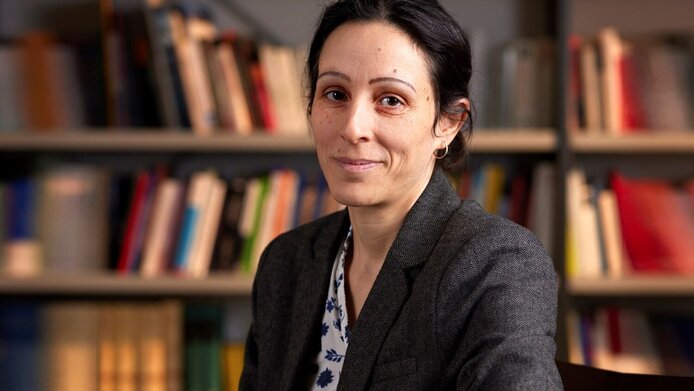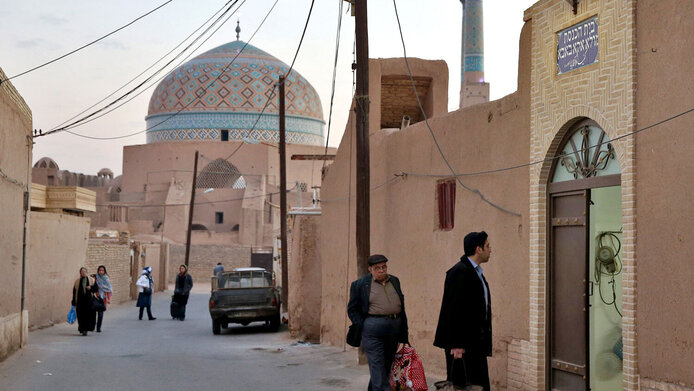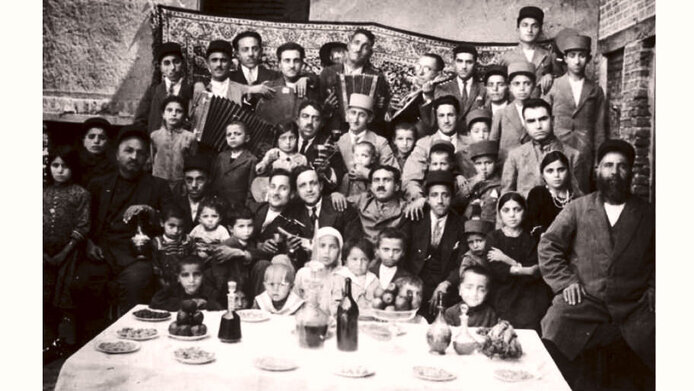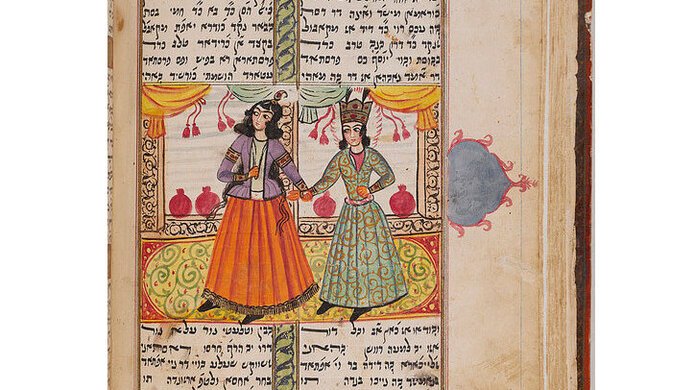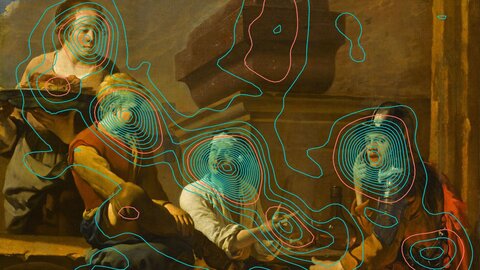A course catalog for summer reading
Sadjed has been dealing with the issue of religious minorities for a long time. She says that she has always felt uncomfortable when confronted with all the stereotypes about Iran. This is why she began early on to investigate areas that tend to be analyzed in a one-dimensional way. Sadjed studied psychology at the University of Vienna, and her particular area of interest was cultural psychology. There was only one professor for this tiny sector at the university, and he was the supervisor of her diploma thesis, which dealt with the notion of feminism among Muslim women in the German-speaking world.
“I've always been drawn to teaching and research,” notes Sadjed. “I still remember spending time on my laptop while on vacation in Mexico, looking through the course catalog of the University of Vienna.” She decided to pursue doctoral studies at Berlin's Humboldt University, because she was intrigued by the work of a professor of cultural studies there. She began to do anthropological research on Iran and, later, moved to the USA for a year, where her work brought her closer to life as a “researcher”. She finished her PhD, had a daughter and realized how difficult it is to start a research career. “Writing the proposal for the project on Jewish life in Iran was my entry into academia,” Sadjed says. “Since then, I've been fighting to keep going.”
Meanwhile the project has been completed, and a new one has already been approved. Together with colleagues from the Czech Academy of Sciences, Sadjed will look beyond the borders of today's Iran. Historically speaking, Iranian Jews have been very connected to the Jews in Afghanistan and Central Asia. These connections, which are not reflected by today's borders, are the next item on Sadjed’s research agenda.
Current protests meet with widespread solidarity
And then there is another topic that no one working on Iran can avoid, even if it is not their speciality. In September 2022, the country saw major waves of protest. Iranian women have been fighting back against the regime ever since, in the streets as well as on social media. And here, too, looking through the “Islamic lens” causes important aspects to be ignored. “I found it problematic how much the world focused on 'the women are fighting to lift the veil,'“ Sadjed says. “That was the hook, but the protests were about much more.” They were directed against the rigid regime and the economic crisis, Sadjed says, and they were supported by women and men, both religious and secular. “This is not the Tehran middle class, who have borne these protests so far. There is now solidarity found among the ethnic minorities and the religious rural population.” And that, according to Sadjed, is the reason for the regime being so afraid of the protests.
She tells us that a friend of hers, himself an Iranian Jew, is skeptical that anything will change. She herself is somewhat more optimistic: “A lot of people have realized that together they can make a difference. But how this will evolve and where it will go, no one can say.”
